Social Networks: Theory and Breakthrough in the Communication Model
Do you know the transmitter-receiver model? It shows in which direction communication takes place. A 1: n relationship would be, for example, a radio station in the 30s. The radiosender plays music and speech and spectators receive the broadcasts at home, at the receiver, Communication is one-sided. Information flows from sender to receiver. However, no information is received from the receiver to the transmitter. Interfaces are only achieved with the first live shows and the first listener integration. For the first time, Höhrer was able to contribute their opinions unfiltered. The first fast to a m: n relationship. But only a first, very small step. Because the selection of the interlocutors still accepts an editor or staff of the sender. Critical voices can also be filtered in advance by the sender. In newspapers it is similar. Reader letters are printed but selected by the editor beforehand.
Social media, or the Web 2.0, changes the model for the first time. The Web 2.0 allows for the first time that “everyone” can become a transmitter. Through the first blogs, the first social networks, the first video portal and today’s apps. No one needs more specialized knowledge or large computer rooms. All you need to send is the smartphone or a notebook. Through the same apps, portal operators, search engine operators, among others. The information sent is quickly found by other users. Ideally, they interact, through likes, comments, or even sharing content.
Virality therefore means something else than a hundred years ago. Viral effects are found in interesting, often unexpected content that meets the needs of the community, fans or followers. Cat videos conquer the world! Is that bad? No. Entertainment and entertainment have always been a big factor in the media. The new web transports information only differently. They are faster, more prominent in their representation, and they are quickly retrievable, so they can be picked up or understood by the user. Anyone who manages to pack their contents accordingly will be successful.
As always in the company, you are getting what you saw.
What are Social Networks?
Social networks unite basically different functions for the digital m: n (equivalent) information exchange. They allow Internet users to share media with each other. No matter whether pure information or friendly emotions. Instead of simple network structures, they enable the extensive exchange of both worlds. Users can create groups and communities, but also own fan sites for themselves or others, for commercial and noncommercial projects, as well as thematic pro or contra. No matter, everything is possible, because the networks offer all freedoms. Even before fan sites or groups stands the self-marketing in social media. Why else would you share your food, visit the club or have a wonderful holiday? Social media means “seeing and being seen”. Influencer, Blogger and Youtuber are the new rock stars, actors and top models. Everyone wants to be there. An important aspect for your social media marketing!
“Broadcast Yourself” – The new information age
Almost all social networks have a blog function (see Timeline at Facebook) in which the news of their own social group, determined by their own connections (follies, friendships, etc.), interests (eg fan pages) and the algorythms of the Companies that add additional, relevant content to us. When we see these content, we can usually name our own preferences, for example through comments and likes (“likes”). Some networks like Facebook also offer emotions in front of emojicons (smileys). Likewise, shared media can be redistributed and even stored and archived in some networks. This is why technical development is a field that should be kept in mind in social media marketing.
The trend towards mobility and virtuality is currently in full swing. For a confirmation of the thesis, a ride in the subway is sufficient. Of thirty people in the wagon two will read a book, one looks around and twenty-seven people use their smartphone. They play with apps, look at Instagram for new trends or their idols, or read something on blogs. The web is ubiquitous and increasingly mobile and virtual. Concepts like Belohn’s apps for shopping trips in the city center or fun animations for videos in Snapchat, the web provides people entertainment, 24 hours a day, 7 days a week. Any information is available, really any. Social groups emerge and disappear. News reach the people even before they are mentioned in the news. Welcome to the next era in the information age.
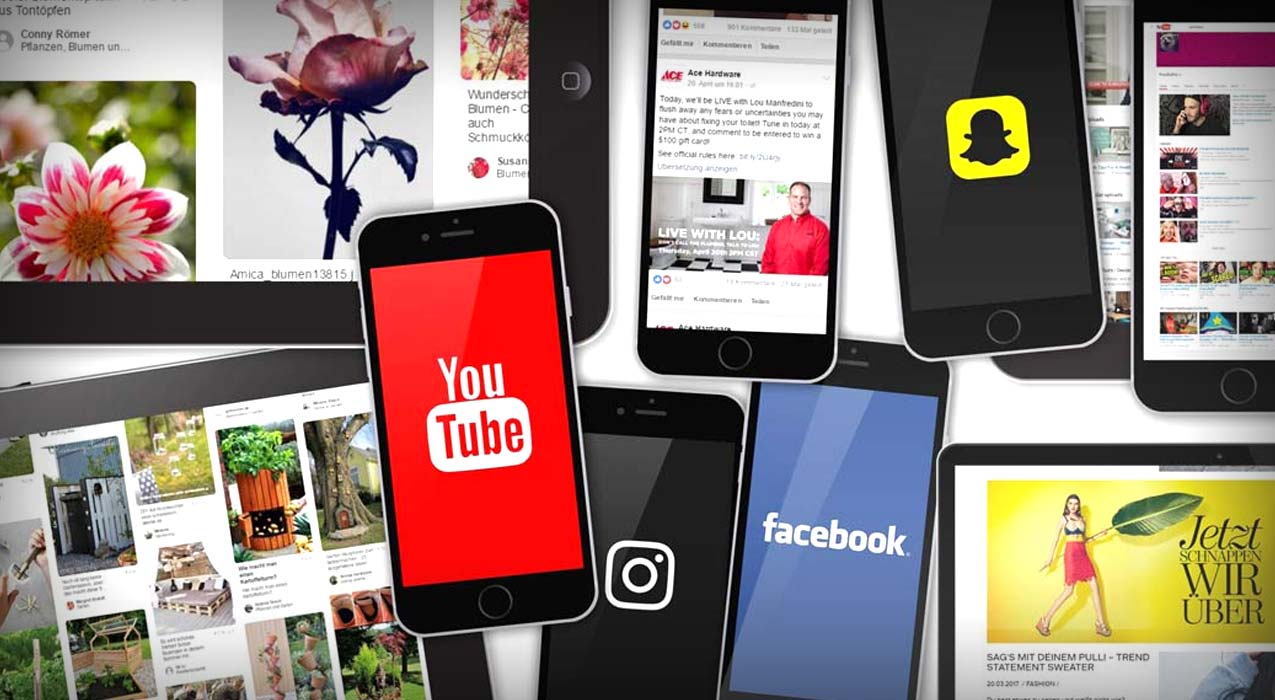
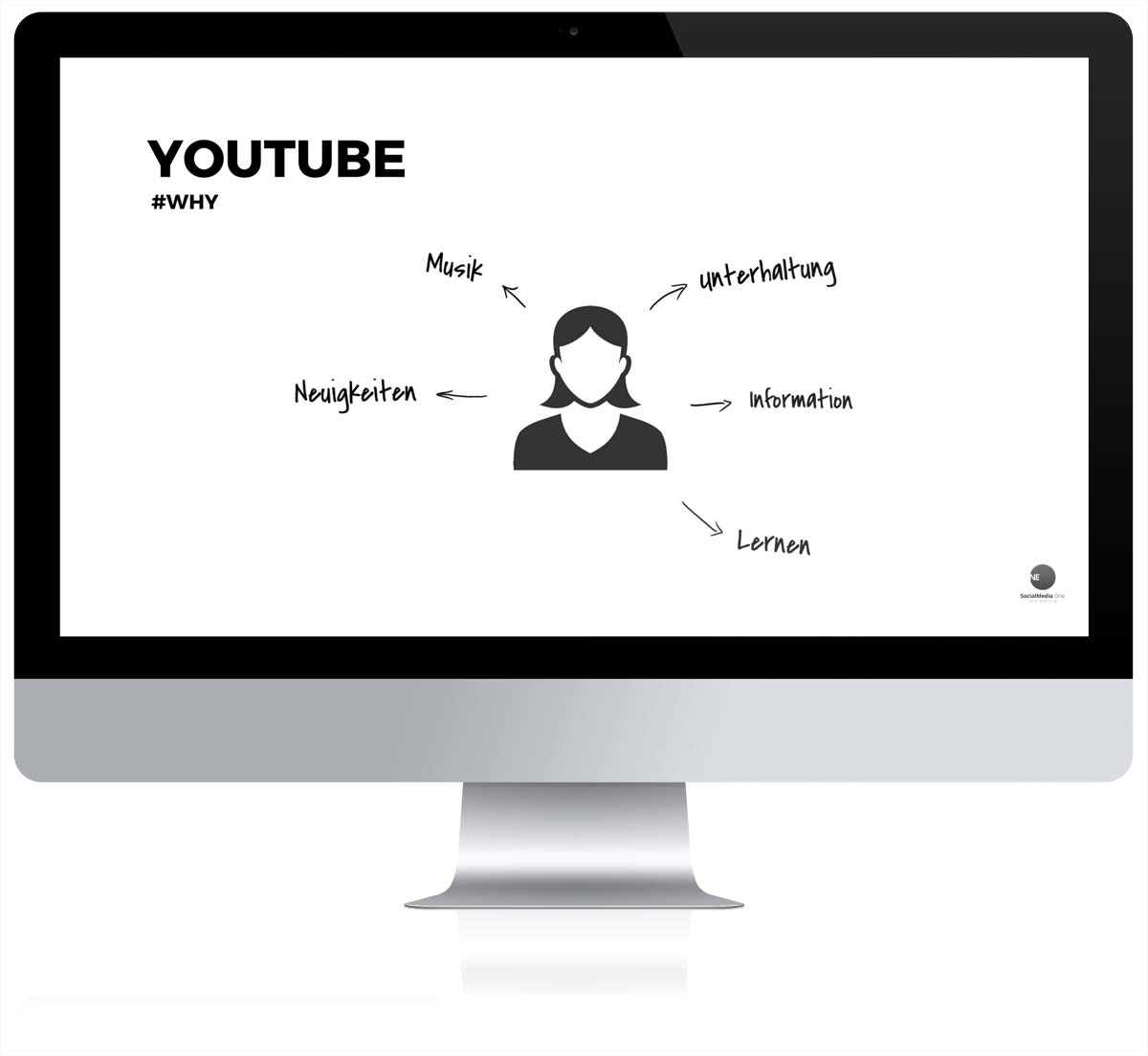



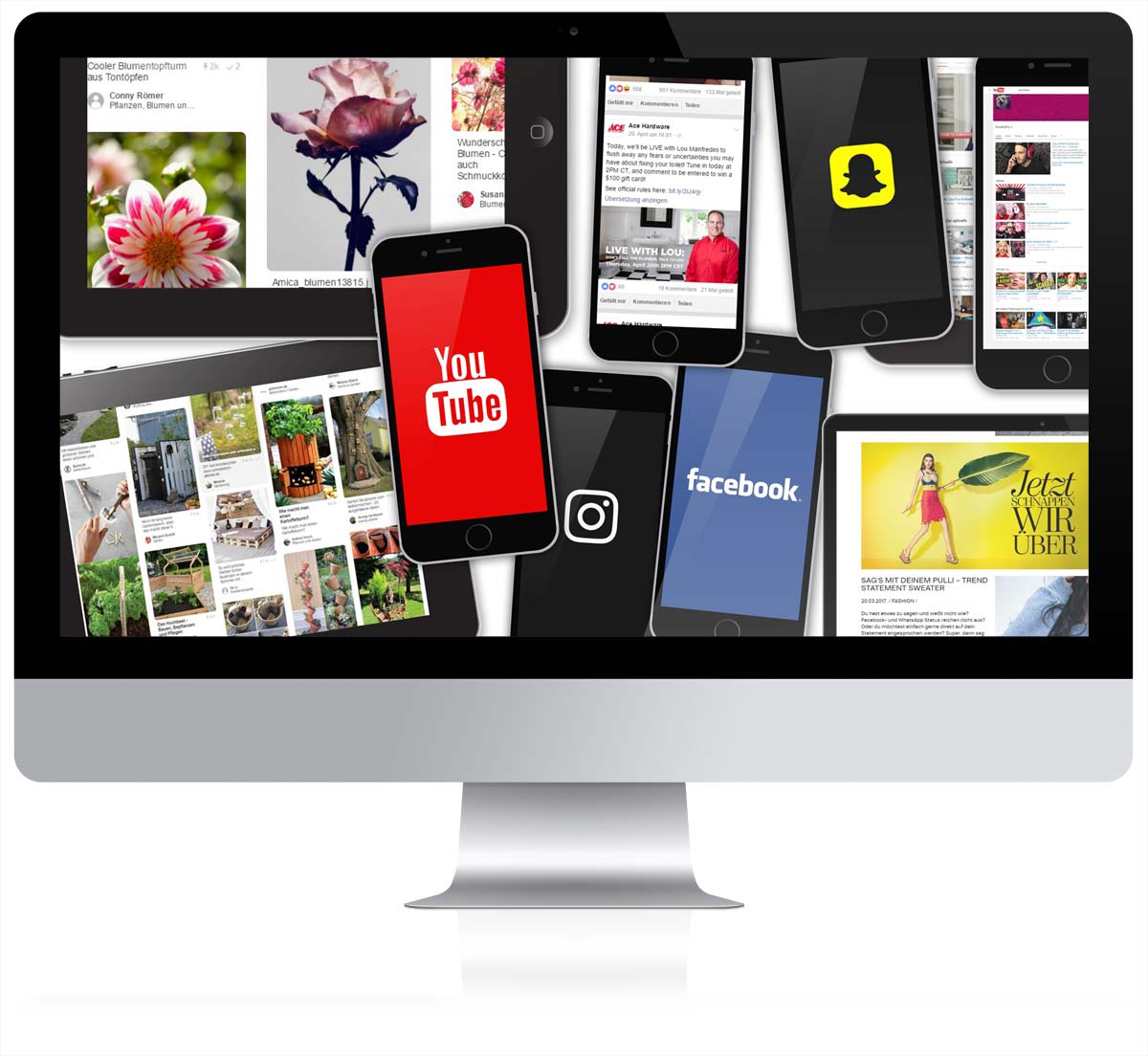

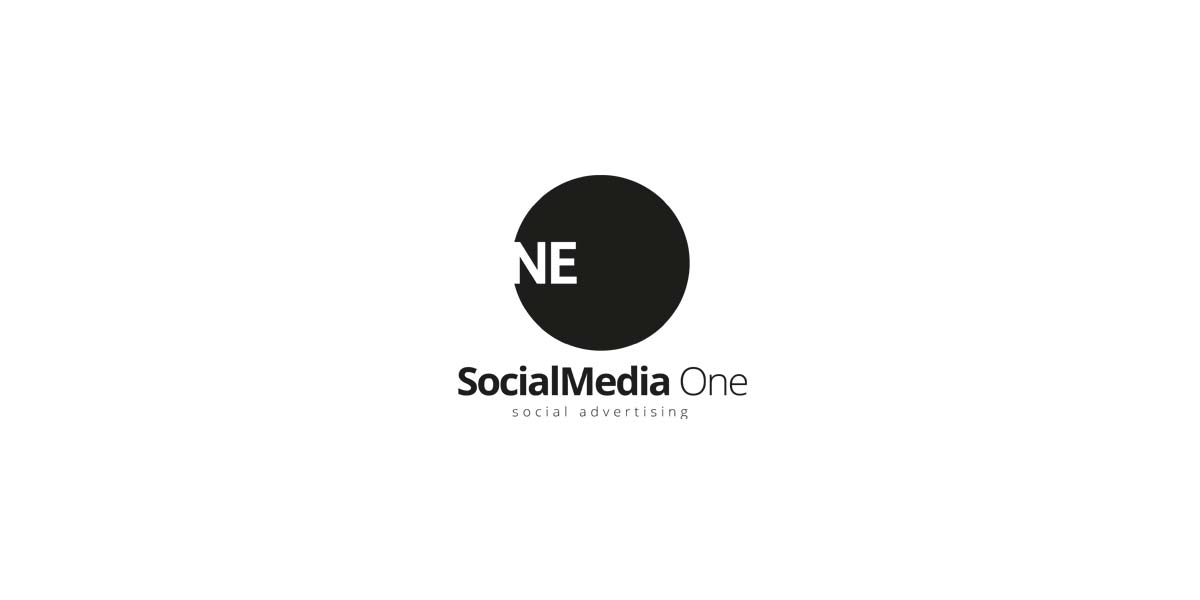
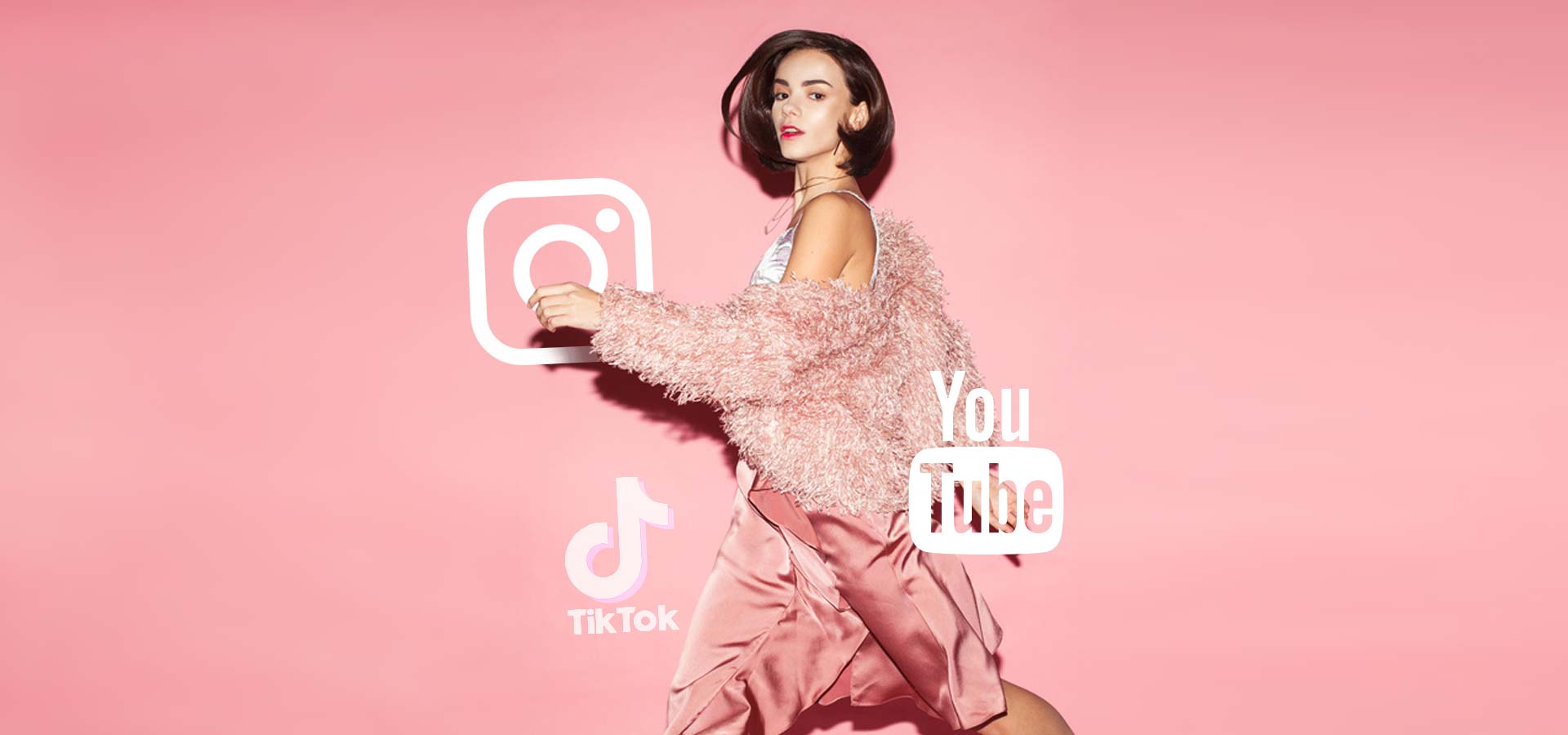


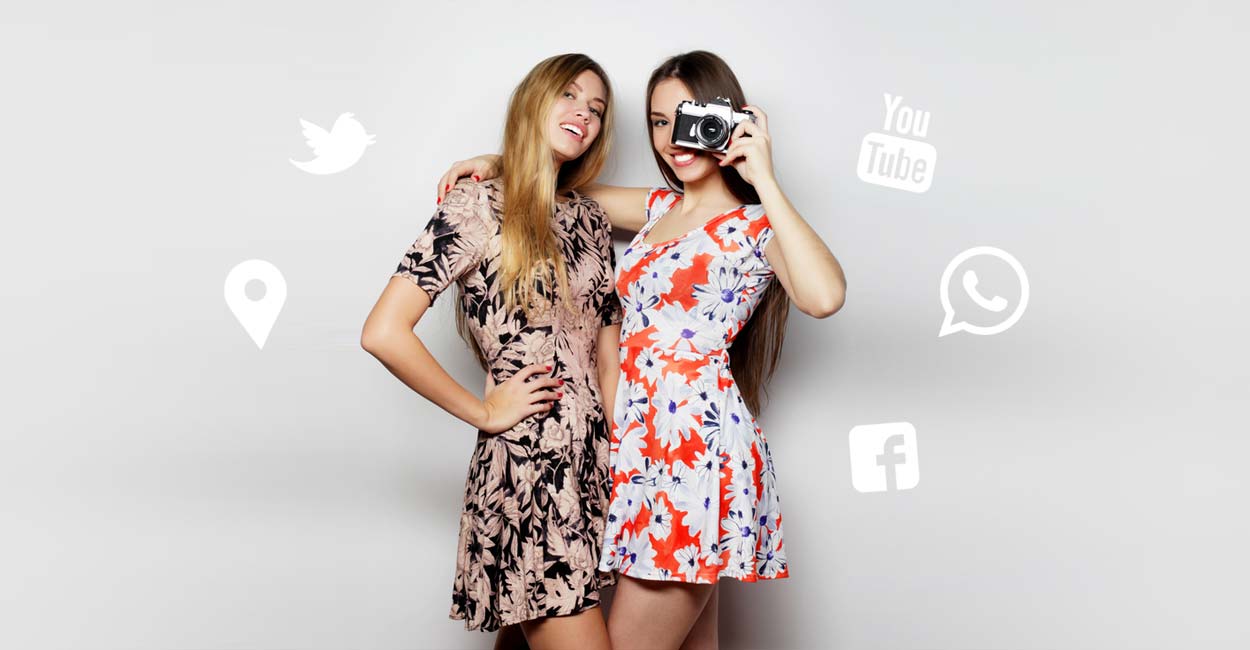


 4.9 / 5.0
4.9 / 5.0